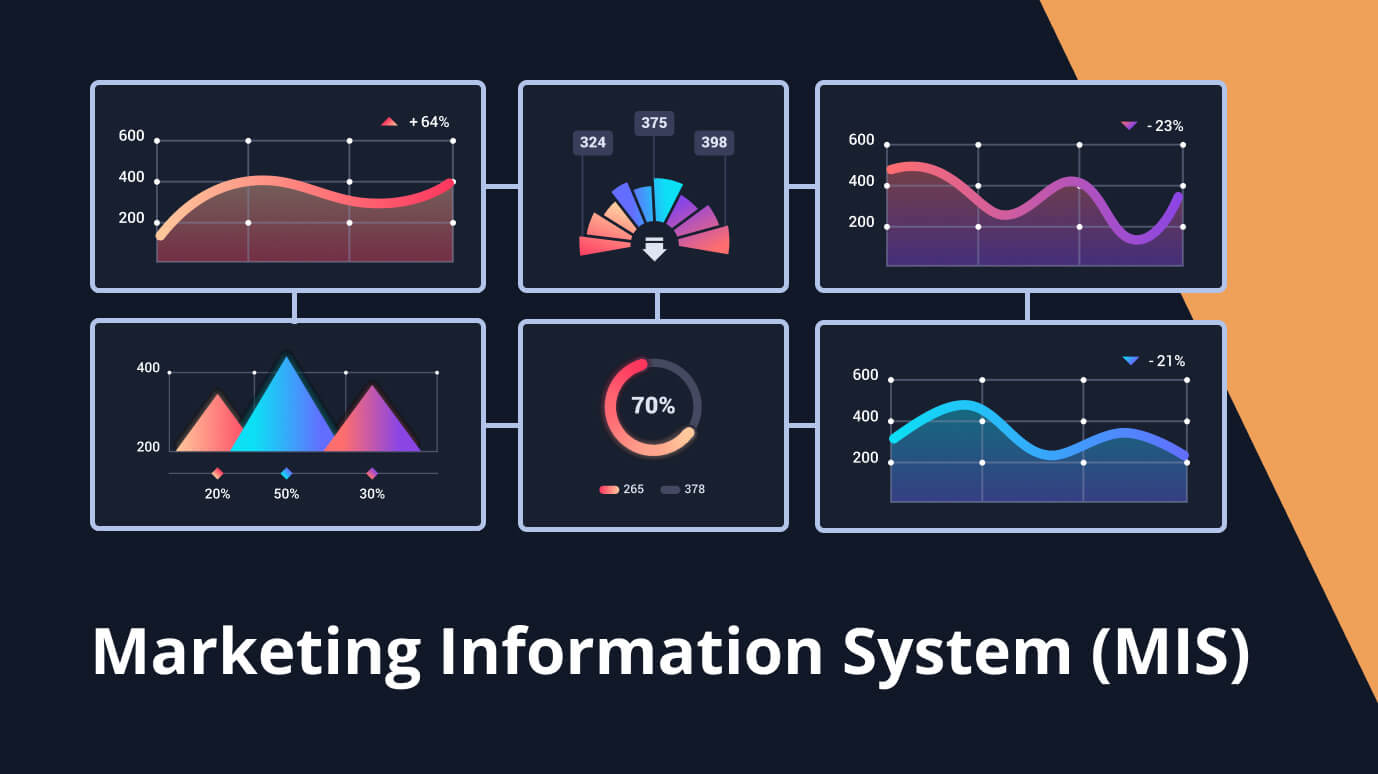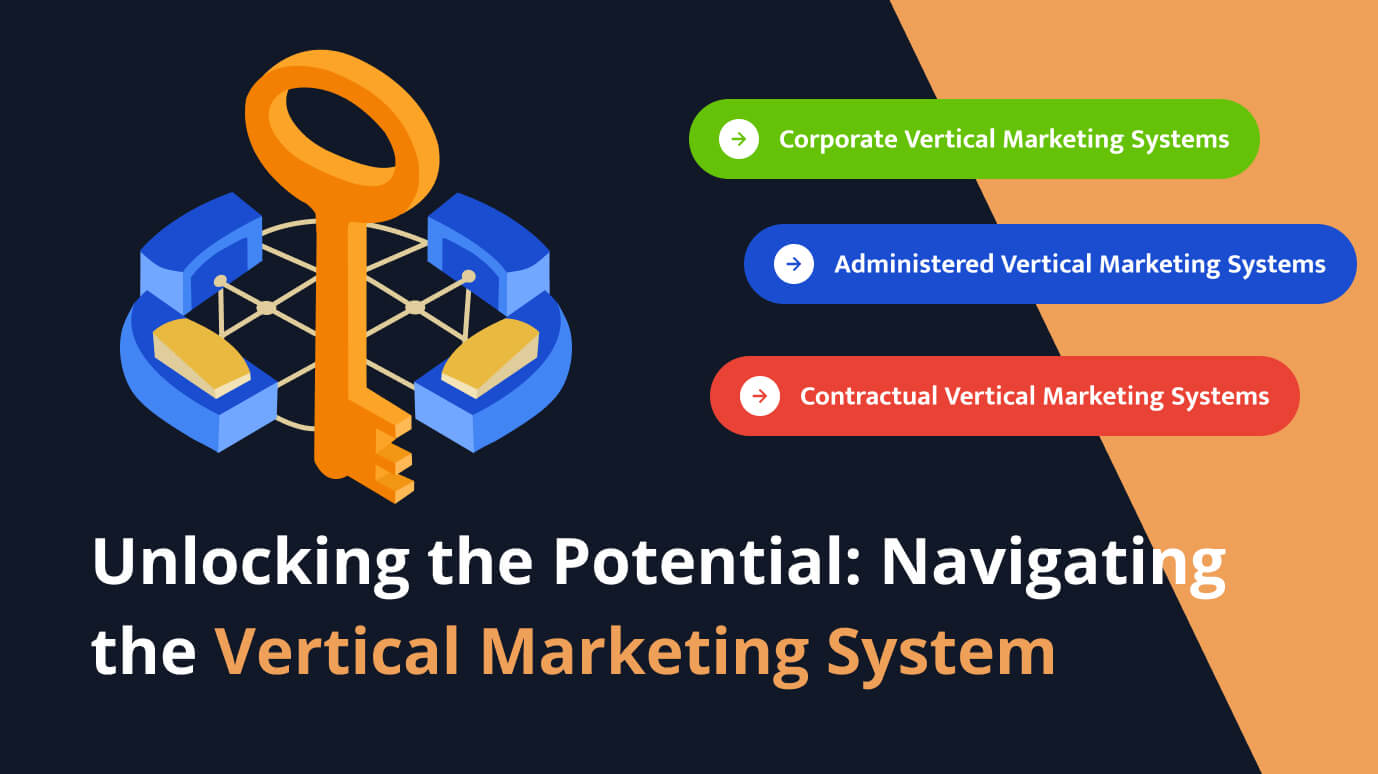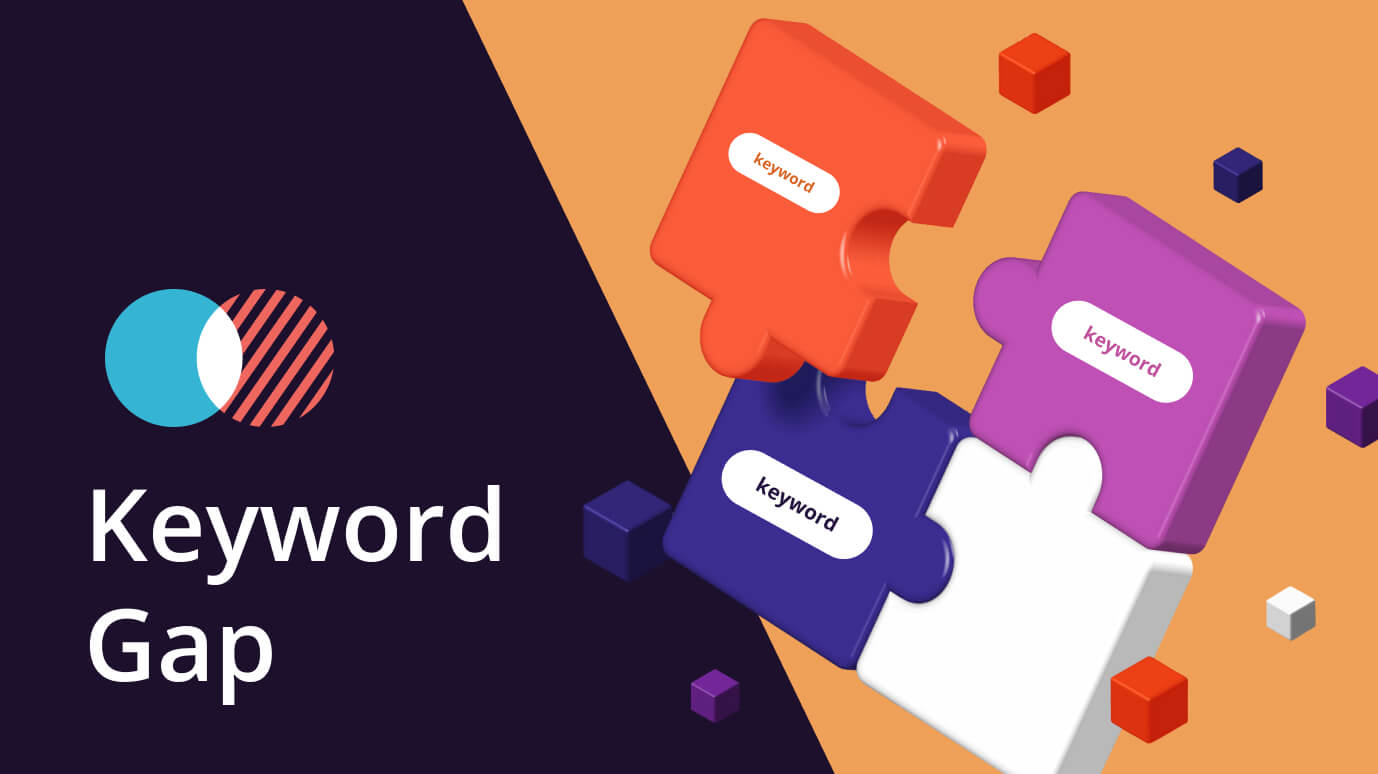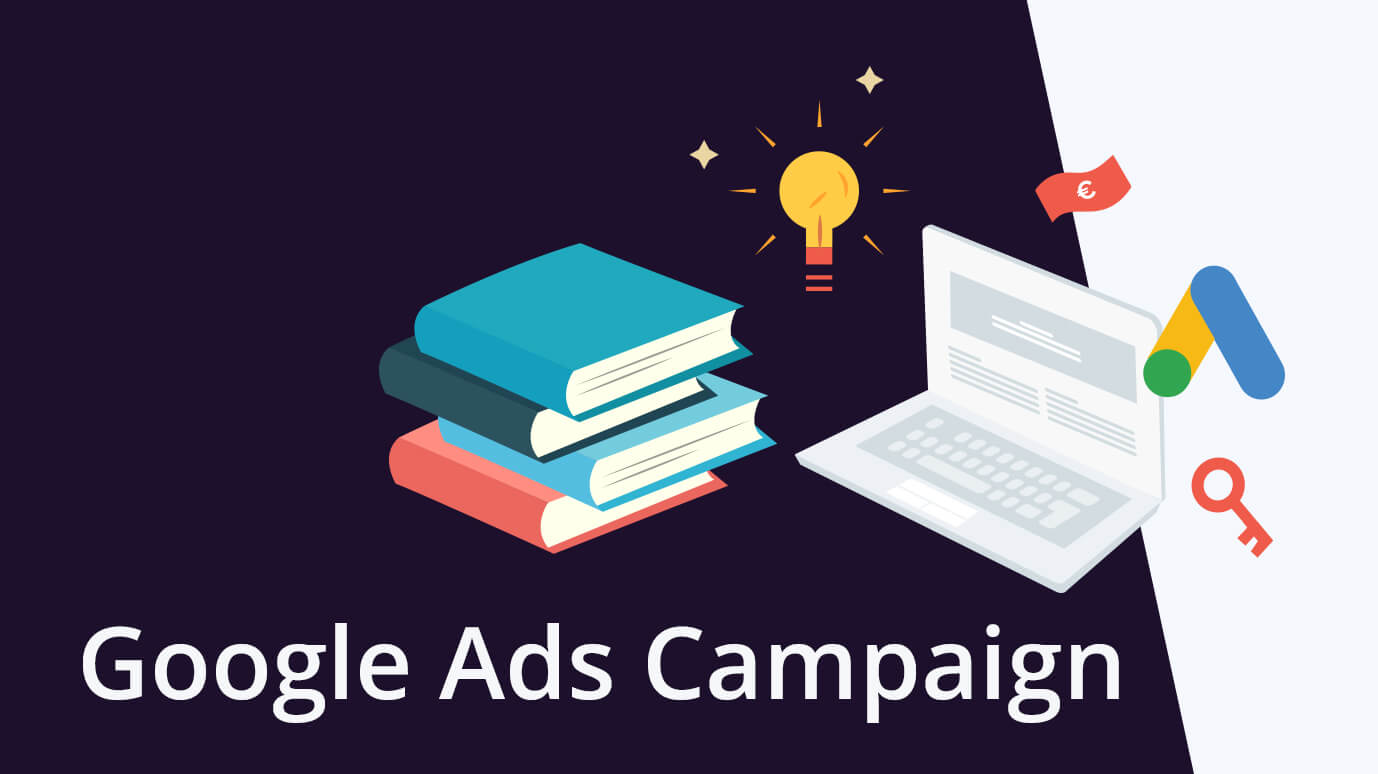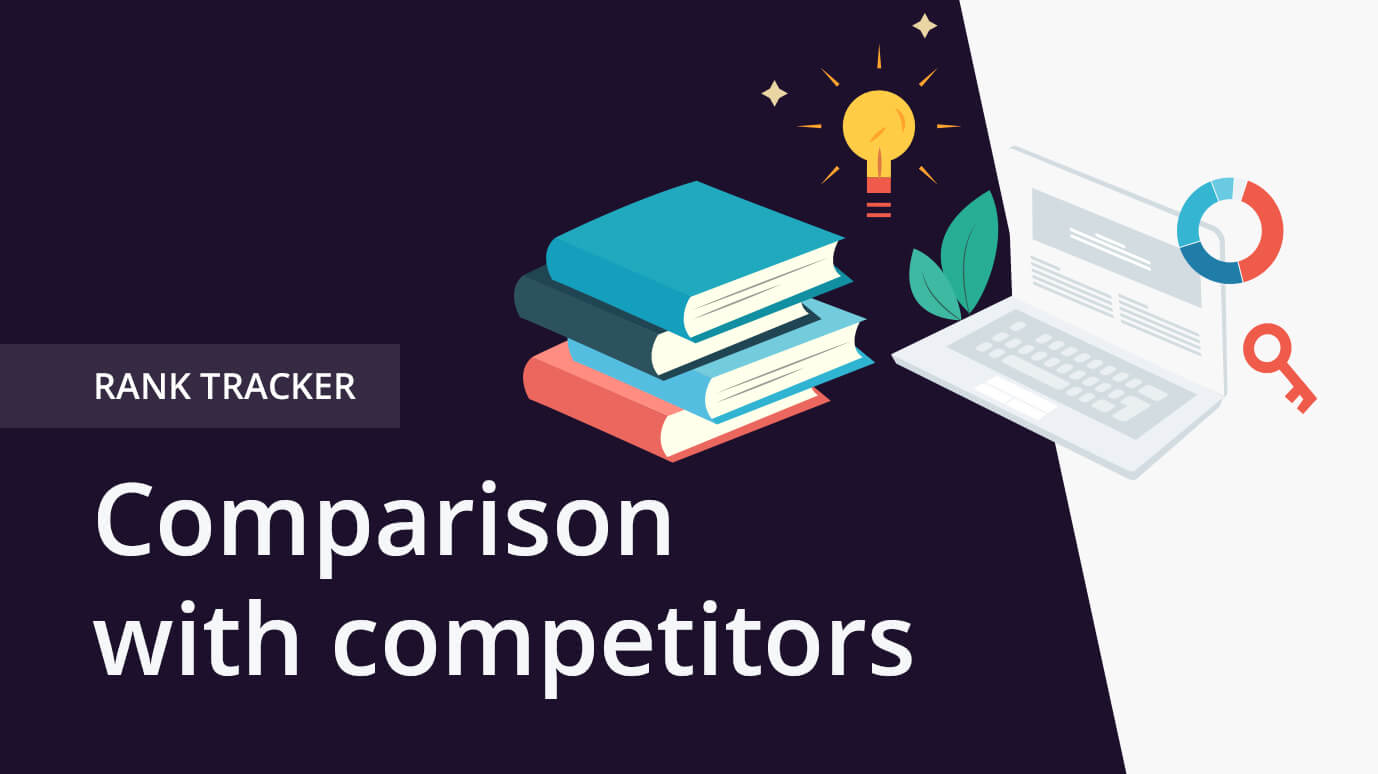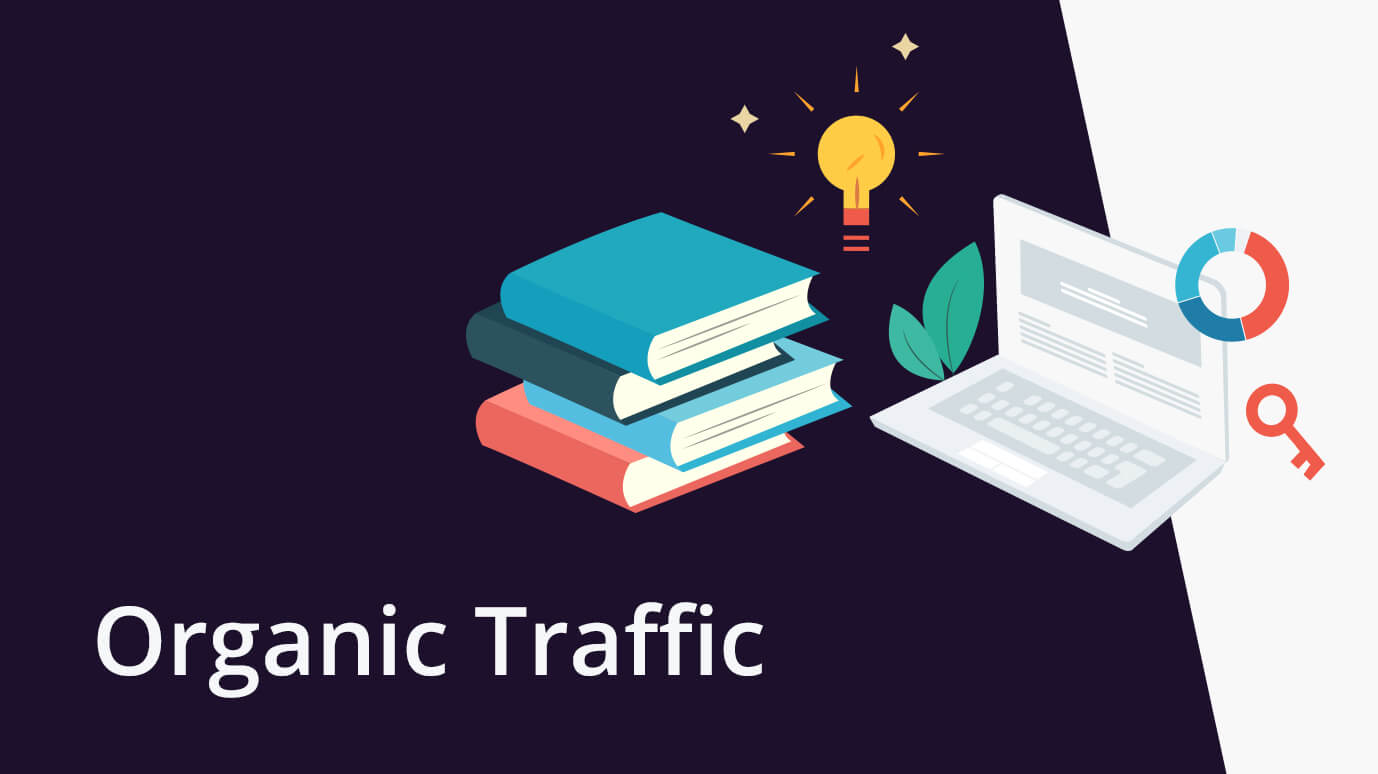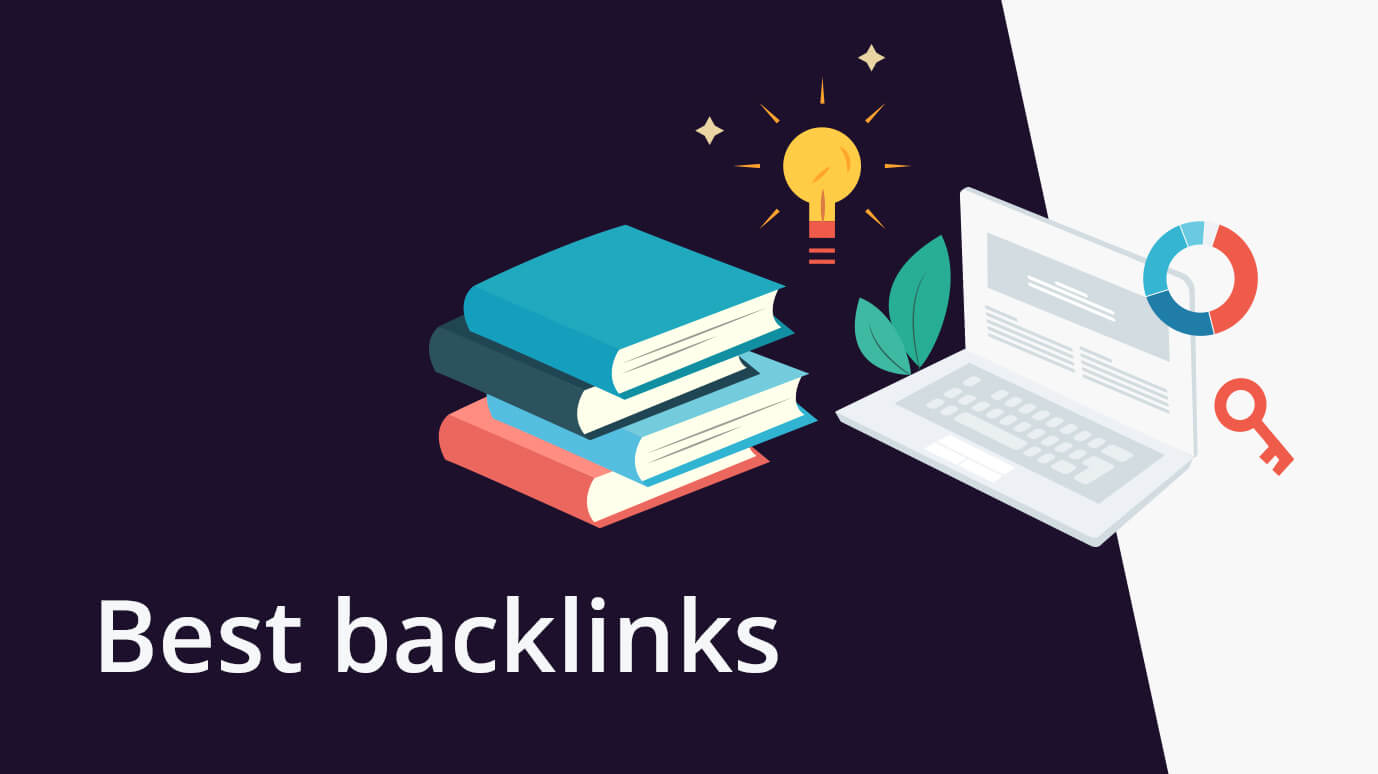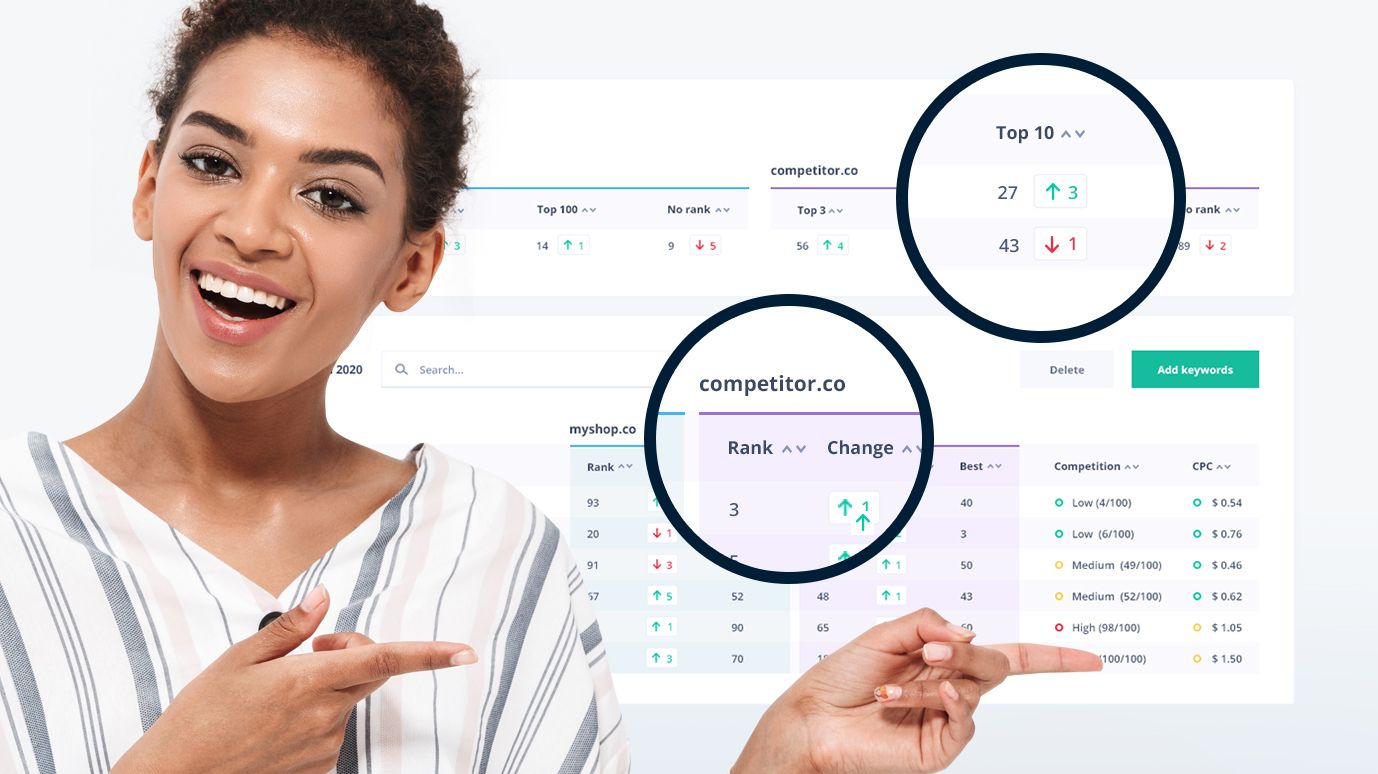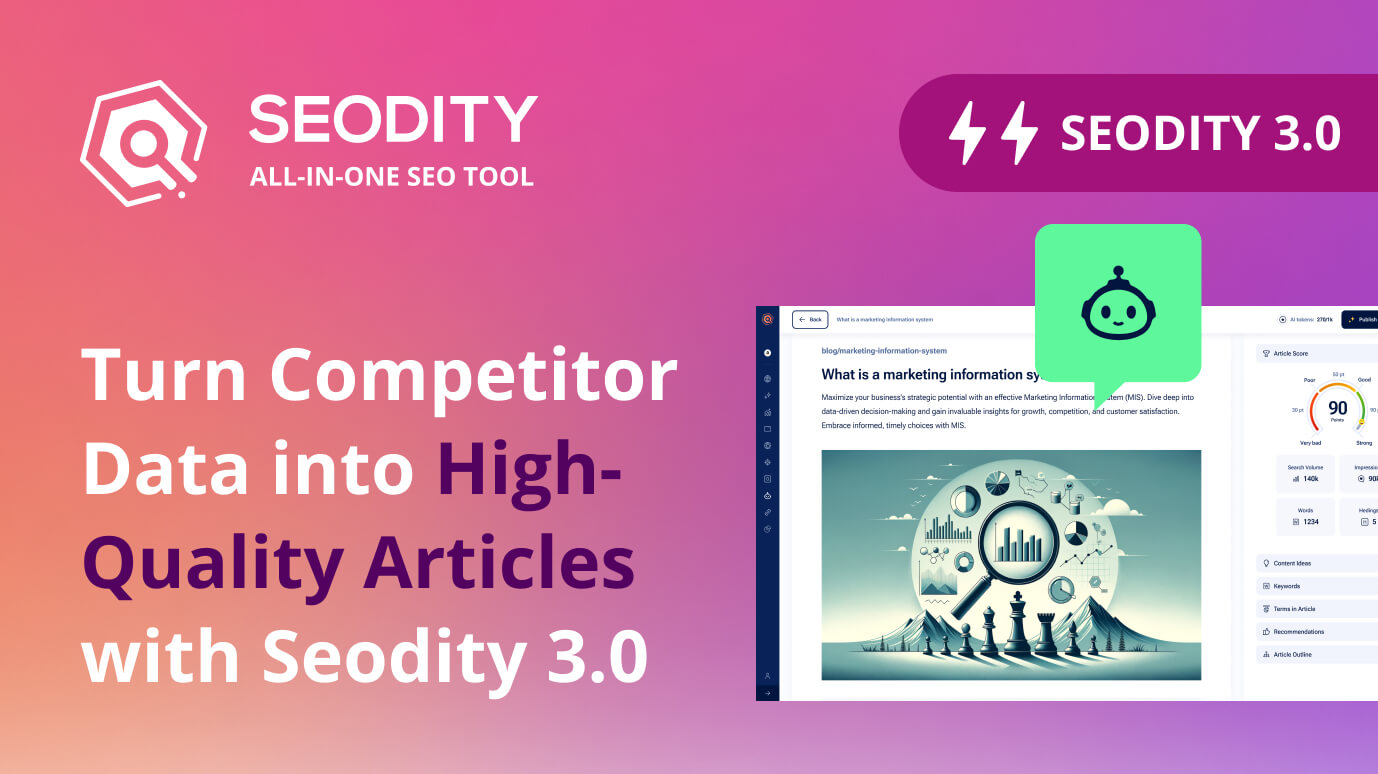
 9 min read
9 min readTurn Competitor Data into High-Quality Articles with Seodity 3.0
Welcome to our guide on how to turn competitor data into high-quality articles using Seodity 3.0. In this guide, we will delve into the updated interface of Seodity, the importance of competitor analysis in content creation, and the various tools and features Seodity offers to streamline the process. By the end of this article, you will be equipped with the knowledge to effectively leverage competitor data, identify high-ranking keywords and webpages, use AI Content Editor to generate articles, and create visually appealing feature images. Let’s explore how Seodity 3.0 can enhance your content strategy and help you outperform your competitors.
Introduction to Seodity 3.0
Seodity 3.0 represents a significant evolution in content creation tools by integrating advanced competitor data analysis with AI-driven content generation. This upgraded version introduces a revamped user interface designed to enhance user experience and streamline the writing process. One of the standout features of Seodity 3.0 is the comprehensive revamp of the AI content editor, which has been completely rewritten to offer better functionality and performance. The new interface and improved tools aim to make the process of turning competitor data into high-quality articles more efficient and effective. In this section, we will provide an overview of the key changes and improvements in Seodity 3.0, setting the stage for a deeper exploration of its applications.
Why Competitor Analysis Matters
The importance of competitor analysis in the realm of content creation cannot be overstated. Understanding what is working for your competitors provides actionable insights into the types of content and keywords that are driving traffic and engagement for them. By analyzing competitors' high-ranking keywords and webpages, you can identify gaps in your own content strategy and opportunities to outrank them. This strategic approach helps in fine-tuning your content to meet the demands of the market, boost SEO rankings, and attract a broader audience.
Competitor analysis serves multiple purposes:
- Keyword Discovery: Identify high-ranking keywords used by your competitors, which can be integrated into your own content to enhance visibility on search engines.
- Content Ideas: Explore topics that are popular within your industry, allowing you to produce relevant and engaging articles that resonate with your target audience.
- Performance Benchmarking: Measure your content performance against competitors to understand where you stand and what improvements are needed.
- SEO Optimization: Gain insights into the on-page and off-page SEO strategies adopted by competitors, helping you to refine your SEO practices.

In the context of Seodity 3.0, competitor analysis tools are indispensable for crafting high-quality, SEO-optimized articles. By leveraging features such as Keyword Gap analysis and the Content Explorer, you can easily uncover opportunities to outperform your competitors. This approach not only enhances your content strategy but also positions your brand as a leader in your industry.
Tools in Seodity for Competitor Analysis
Seodity 3.0 offers a variety of tools designed specifically to facilitate competitor analysis, enabling you to glean valuable insights and stay ahead in the competitive content landscape. These tools not only help you identify your competitors but also provide a deep dive into their content strategies and keyword usage. By leveraging these features, you can create highly targeted and effective content that positions your brand to outperform its rivals.
Identifying Your Competitors
One of the first steps in competitor analysis is identifying who your competitors are. Seodity 3.0 simplifies this process with its project setup feature. By adding a new project and entering your domain, Seodity suggests proposed competitors based on keyword similarity percentages. This automatic recommendation system ensures you can quickly and accurately identify the most relevant competitors for your domain. The suggested competitors are ranked by similarity, allowing you to prioritize your analysis efforts effectively.
Using Content Explorer
Once you have identified your competitors, the next step is to explore their content. Seodity's Content Explorer tool allows you to delve into the pages that drive the most traffic to competitor websites. By sorting these pages by organic traffic, you can pinpoint the content that resonates most with their audience. Additionally, customizable filters let you focus on specific types of content, such as blog articles, to gain more targeted insights. This tool is essential for understanding what makes your competitors' content successful and identifying gaps in your own strategy.

Keyword Gap Analysis
Seodity 3.0's Keyword Gap Analysis tool provides a comparison between your website and your competitors' in terms of keyword rankings. This feature highlights the keywords that are driving traffic to your competitors but are missing from your site. By identifying these keyword gaps, you can create content that targets these valuable search terms, thereby capturing additional traffic and improving your SEO rankings. The Keyword Gap Analysis tool is instrumental in finding untapped opportunities to enhance your content strategy. By using Seodity 3.0's robust suite of tools for competitor analysis, you can gain a thorough understanding of your competitors' strengths and weaknesses. This knowledge empowers you to craft data-driven, high-quality content that not only fills existing gaps but also meets the demands of your target audience, positioning your brand for greater success.


Selecting Article Topics
The first step in generating an article with the AI Content Editor is selecting the appropriate topic. Seodity 3.0 simplifies this by providing insights into your competitors’ top-performing content and keywords. By leveraging the Keyword Gap Analysis tool, you can identify high-traffic keywords that your competitors rank for but are missing from your content. This ensures that the topics you choose are not only relevant but have the potential to attract significant traffic.

Generating the Article Outline
Once you've selected the topic for your article, the next crucial step in Seodity 3.0's AI Content Editor process is generating a detailed article outline. This step sets the framework for how the article will be structured and what key points will be covered, ensuring your content is well-organized and aligns with your goals.

Seodity 3.0 simplifies this task through its advanced AI capabilities, which suggest an initial outline based on the selected keywords and topic. Upon entering the relevant keywords, the AI proposes an outline that includes various headings and subheadings, arranging the content logically. This not only saves time but also ensures that the article remains focused and covers all necessary aspects of the topic.
However, the AI-generated outline is fully customizable. You can preview and modify the proposed structure to better fit your specific needs. Seodity 3.0 allows you to drag and drop headings, add new sections, or remove ones you find unnecessary. This flexibility ensures that your content precisely meets the needs of your target audience while adhering to your content strategy.
The ability to preview and adjust the outline before finalizing it is a significant feature. This proactive step allows for refinement and ensures that the article will cover the topic comprehensively and coherently. Additionally, during this stage, you can incorporate insights from competitor analysis, such as popular subtopics or frequently asked questions, to make your article more robust and valuable to readers.
By generating a well-thought-out outline, you streamline the content creation process. This outline acts as a blueprint, guiding the AI in producing high-quality, relevant, and structured content. Such a method not only enhances the readability and SEO performance of the article but also ensures it effectively addresses the topic, resonating well with your audience.
Finalizing and Optimizing the Article
After generating an initial draft with Seodity 3.0's AI Content Editor, the next step is to finalize and optimize the article. This phase is crucial as it ensures the content is coherent, engaging, and fully aligned with SEO best practices, further enhancing its effectiveness in fulfilling your content strategy goals. Seodity 3.0 makes the optimization process streamlined and efficient by offering a range of tools and features designed for refinement. The AI Content Editor provides automatic suggestions for improvements, such as enhancing sentence structure, improving clarity, and optimal keyword placement. These suggestions are based on advanced algorithms that assess the content's readability, relevance, and SEO potential. One of the key features of Seodity 3.0 during the optimization process is its real-time editorial recommendations. When reviewing the generated content, the editor highlights areas that require attention, such as overly complex sentences, passive voice usage, or redundant phrases. By clicking on these highlighted sections, you receive context-specific suggestions that you can easily incorporate to improve the text's quality. Moreover, Seodity 3.0 allows for custom prompt revisions. If certain sections of the content do not match your brand's tone or require additional detail, you can employ custom prompts to fine-tune these areas. This flexibility ensures that the final article resonates well with your target audience and faithfully represents your brand's voice. In addition to textual refinements, Seodity 3.0 includes features for structural adjustments. You can manipulate the article's layout by repositioning headings, adding new sections, or merging existing ones to ensure a logical flow and comprehensive coverage of the topic. This structural optimization is essential for both reader engagement and SEO performance, as it helps create a well-organized and navigable article. Finally, a comprehensive review of the article scoring metrics provided by Seodity 3.0 ensures that the content meets high standards of quality before publication. These metrics include assessments of keyword density, readability scores, and other essential SEO factors. By adhering to these metrics, you can confidently publish an article that is optimized for search engines and offers valuable, engaging content to your readers. In conclusion, the finalization and optimization phase in Seodity 3.0 involves a meticulous process of refining the generated content to ensure it is high-quality, SEO-friendly, and aligned with your content strategy. Utilizing the AI-driven recommendations, custom prompt capabilities, and structural adjustment tools allows you to produce well-crafted articles that effectively meet the needs of your audience and enhance your online presence.

Creating Feature Images with AI
One of the standout features of Seodity 3.0 is the capability to generate visually appealing feature images using AI. This functionality not only enhances the overall aesthetic of your articles but also plays a crucial role in engaging readers and improving SEO performance. An attractive feature image can capture the audience's attention and provide a visual summary of the content, making the article more inviting to read. Seodity 3.0 utilizes advanced AI models to generate custom images tailored to the specific content of your article. To create a feature image, the AI takes into account the keywords, topic, and overall theme of the article, producing a graphic that is both relevant and visually engaging. This automated process ensures that the images are unique and aligned with the context of the content, helping to reinforce the article’s message. To generate a feature image, users simply need to select the 'Generate Image' option within the AI Content Editor. The AI then processes the information and delivers an image that fits the article's theme.

Conclusion
Seodity 3.0 represents a significant advancement in the realm of content creation, equipping users with powerful tools to leverage competitor data effectively. Through a revamped user interface, comprehensive competitor analysis features, and an AI-driven content editor, Seodity 3.0 simplifies the process of generating high-quality, SEO-optimized articles. By identifying high-ranking keywords and webpages, and utilizing AI tools to generate and optimize content, users can stay ahead of the competition and boost their online presence.

Co-founder of Seodity
.svg)


